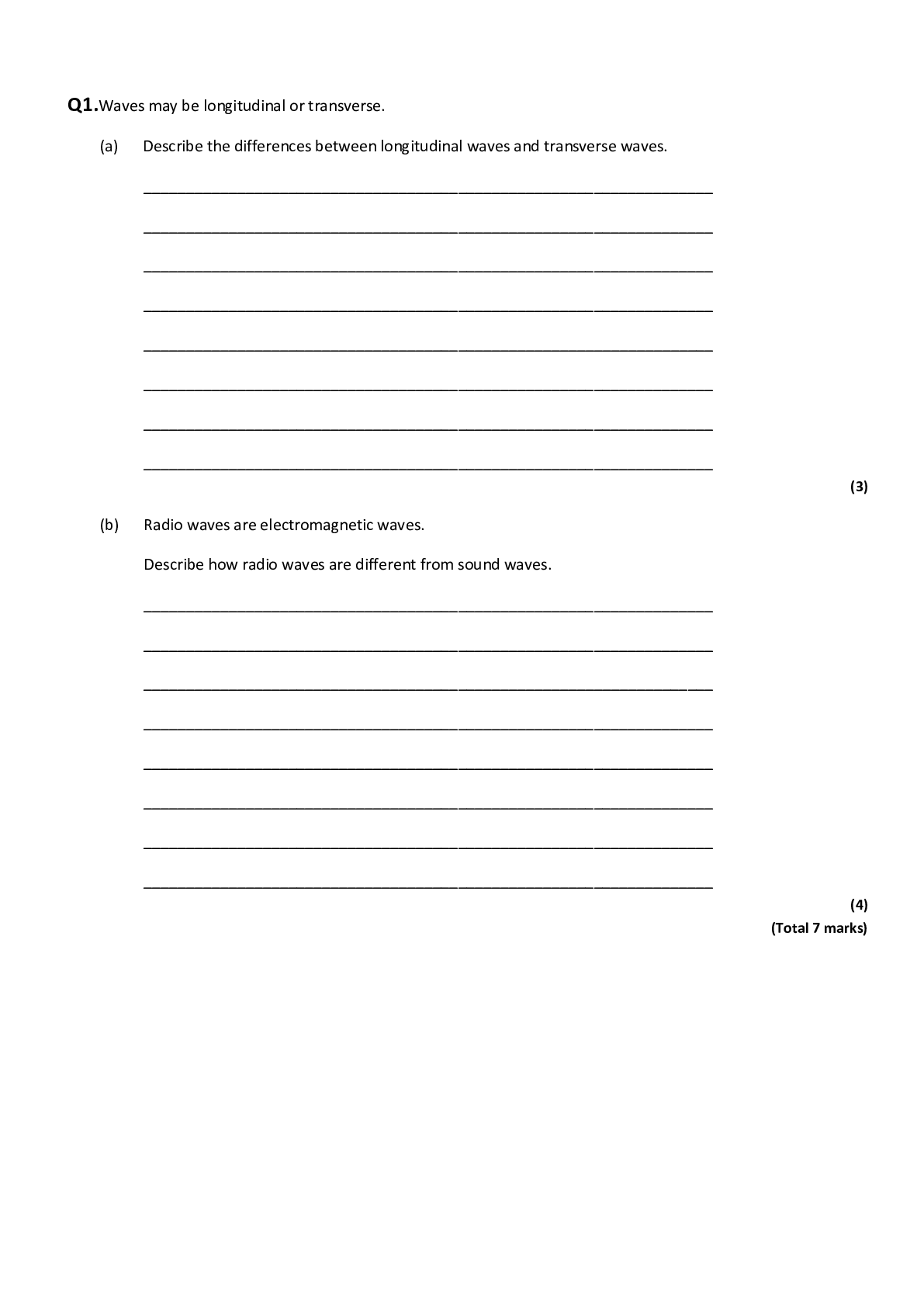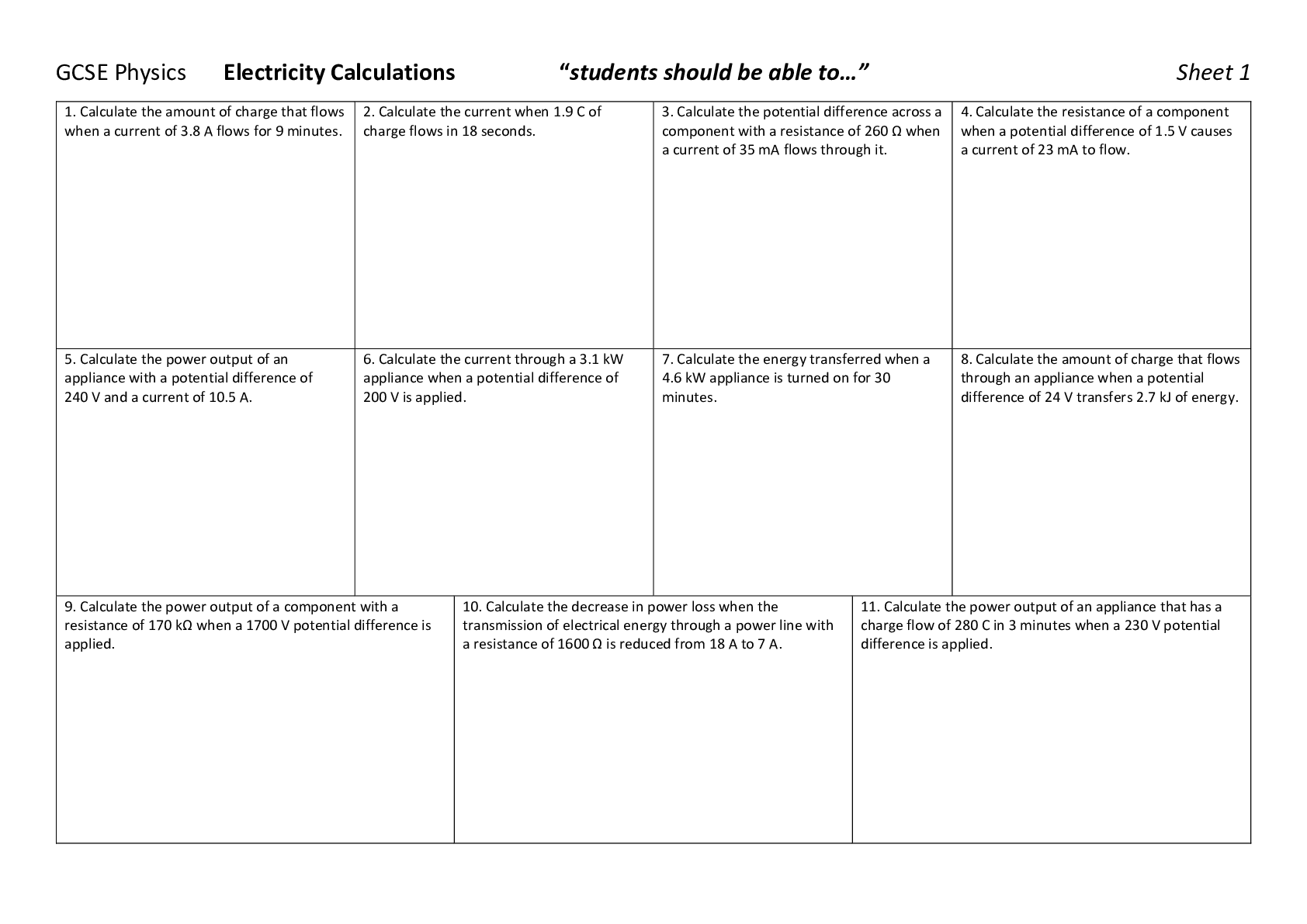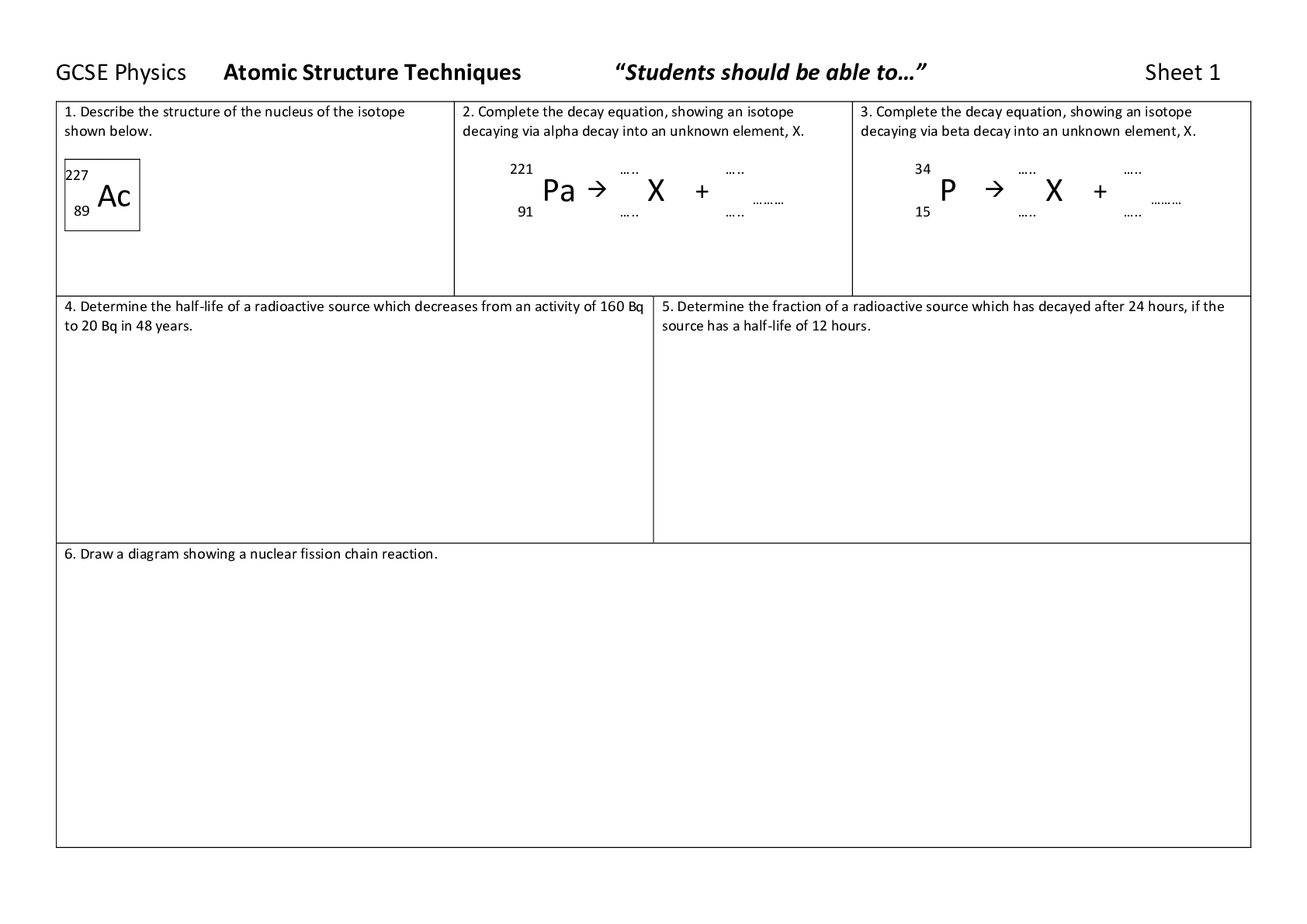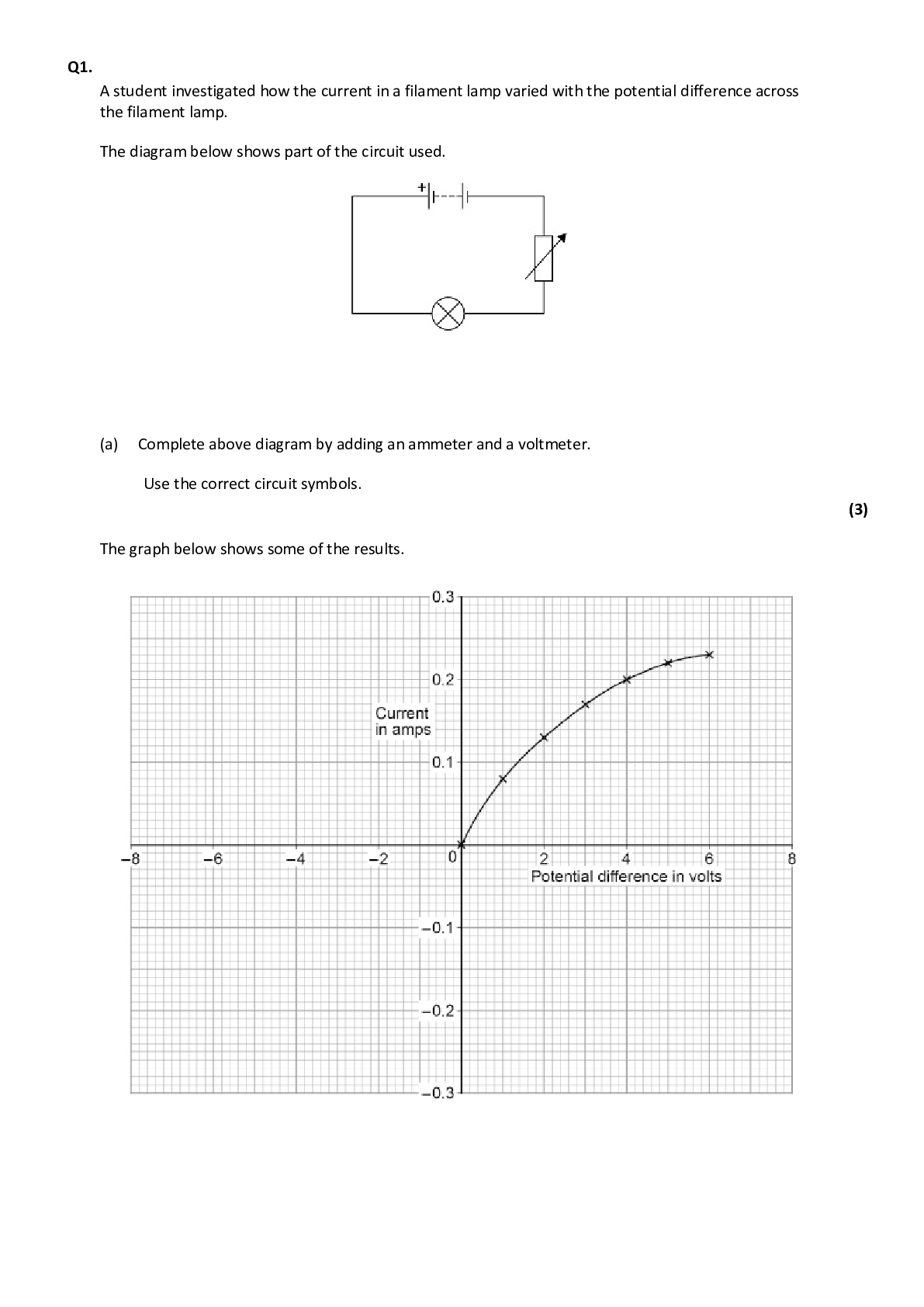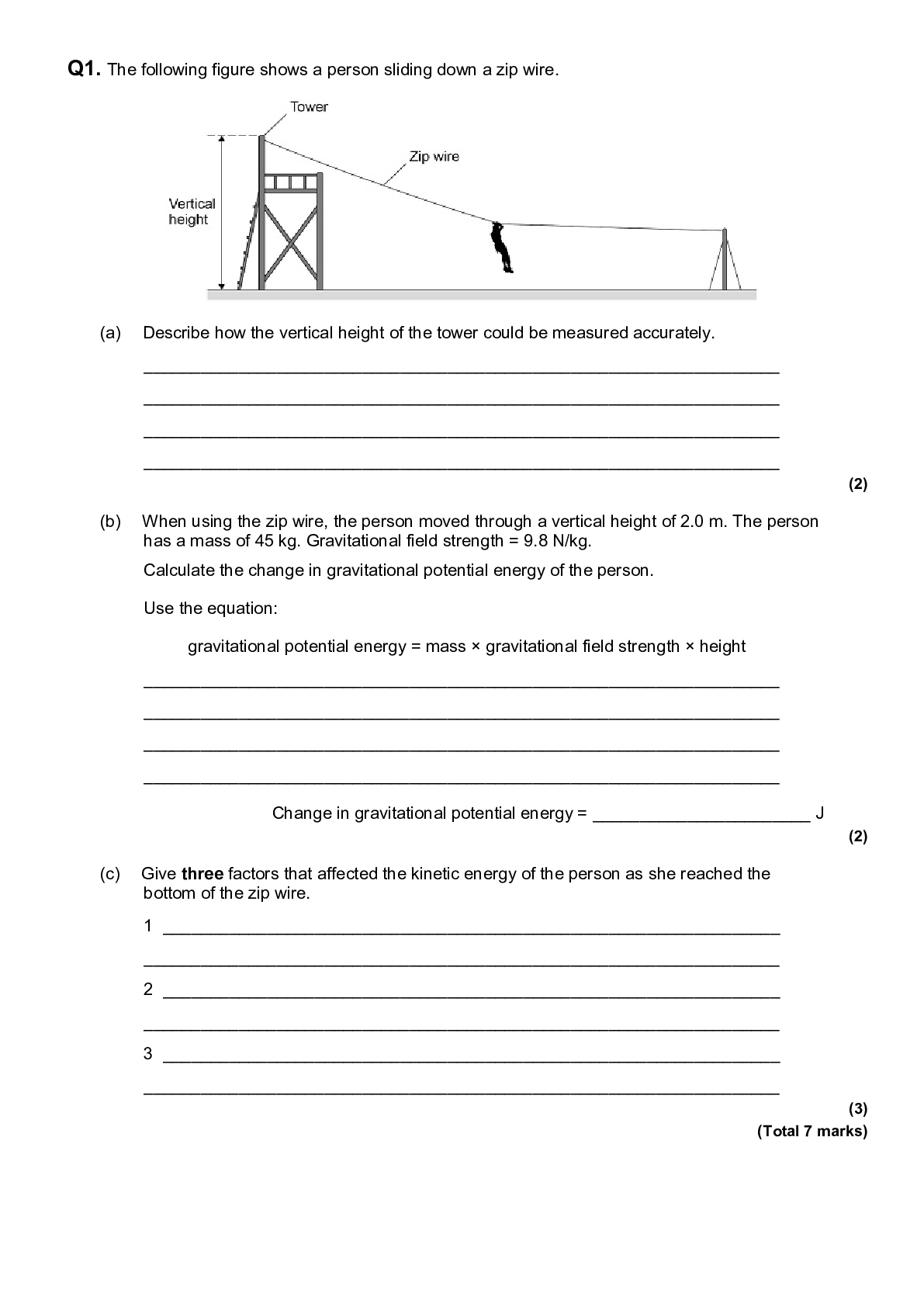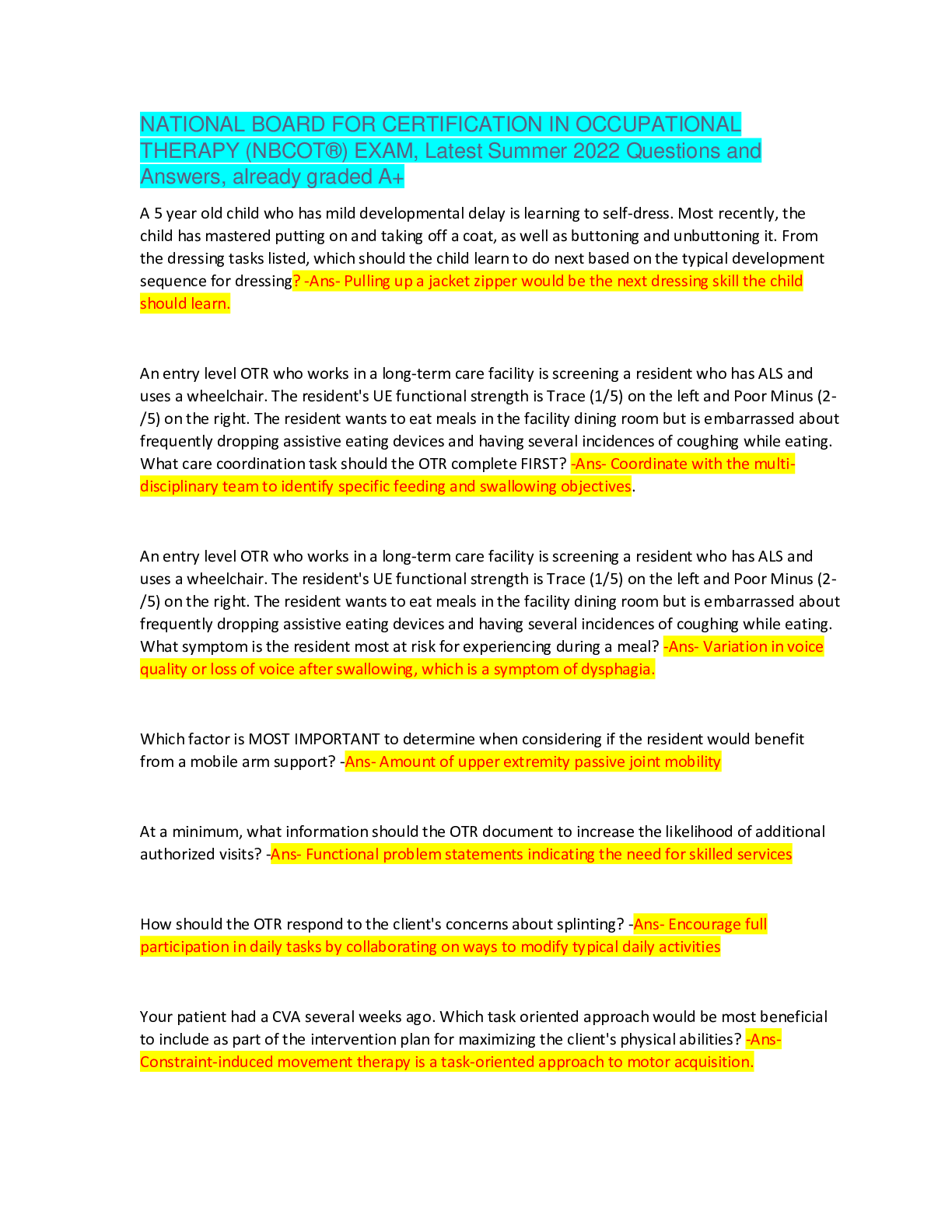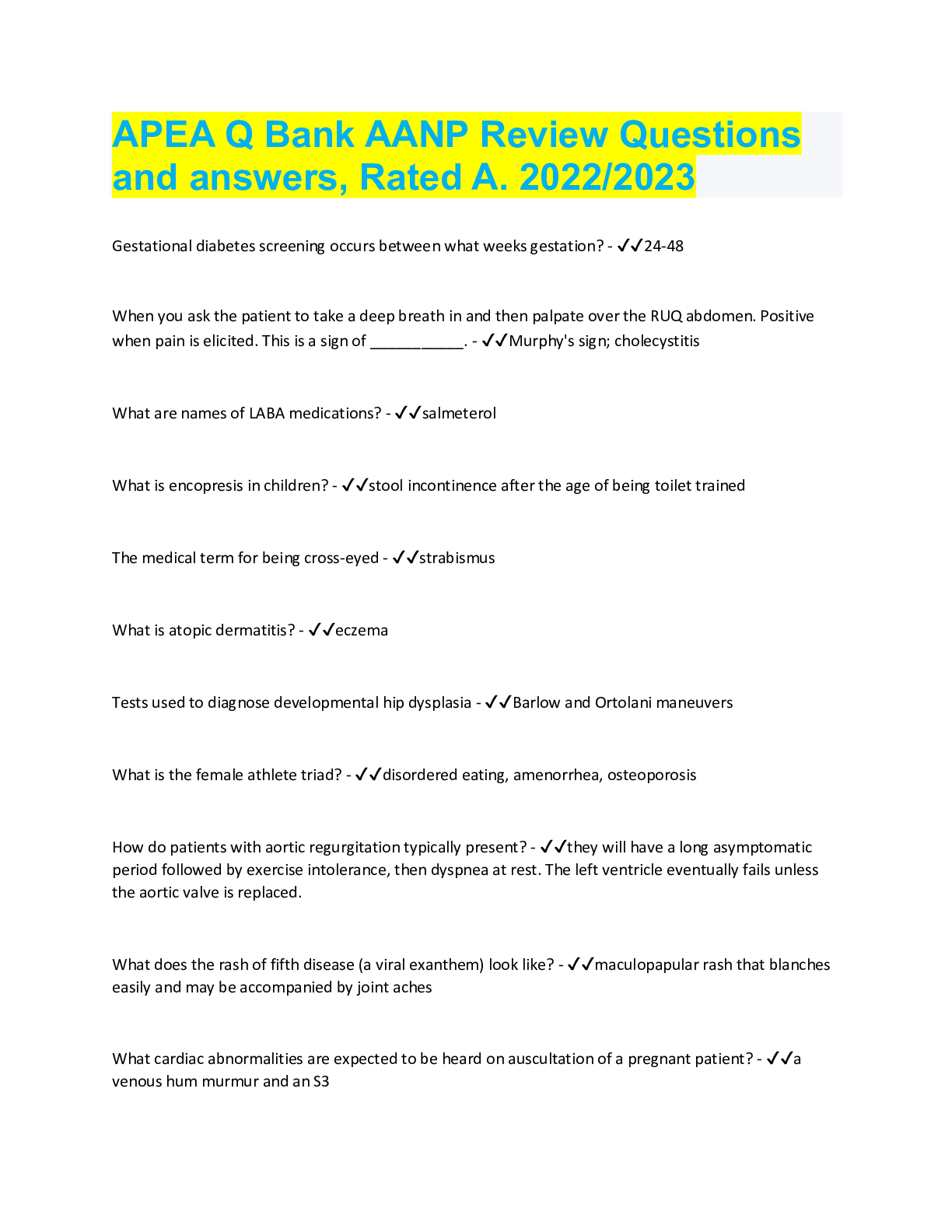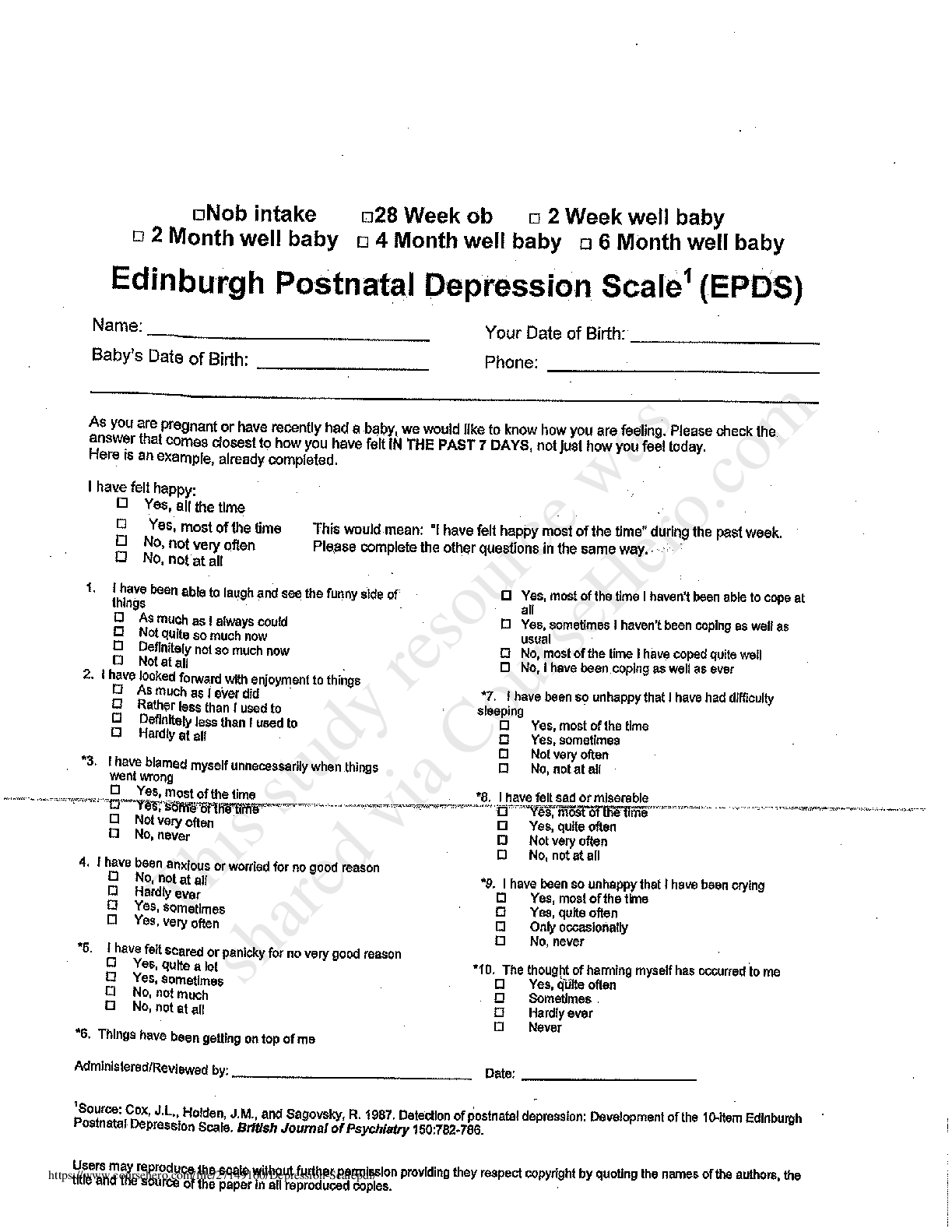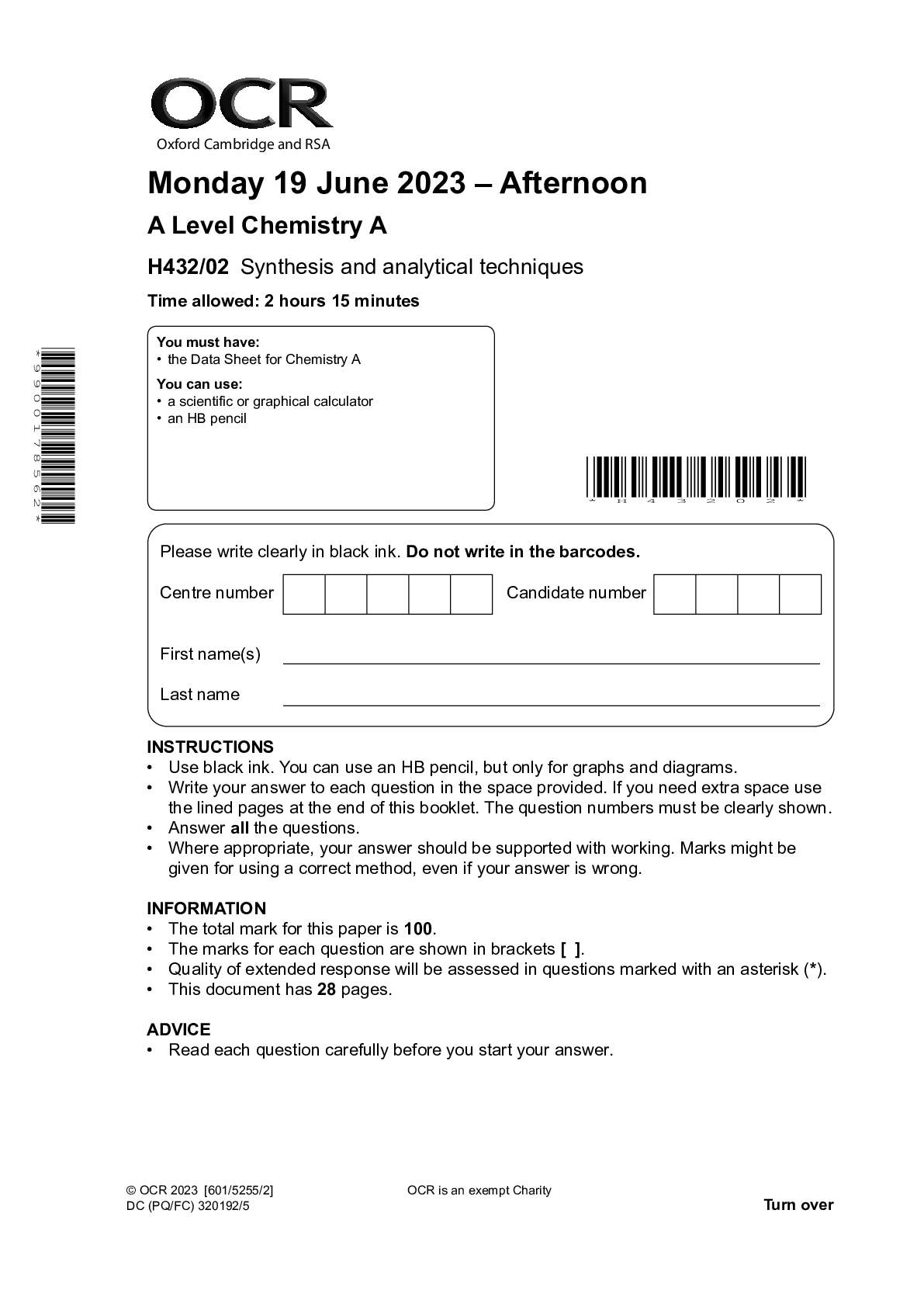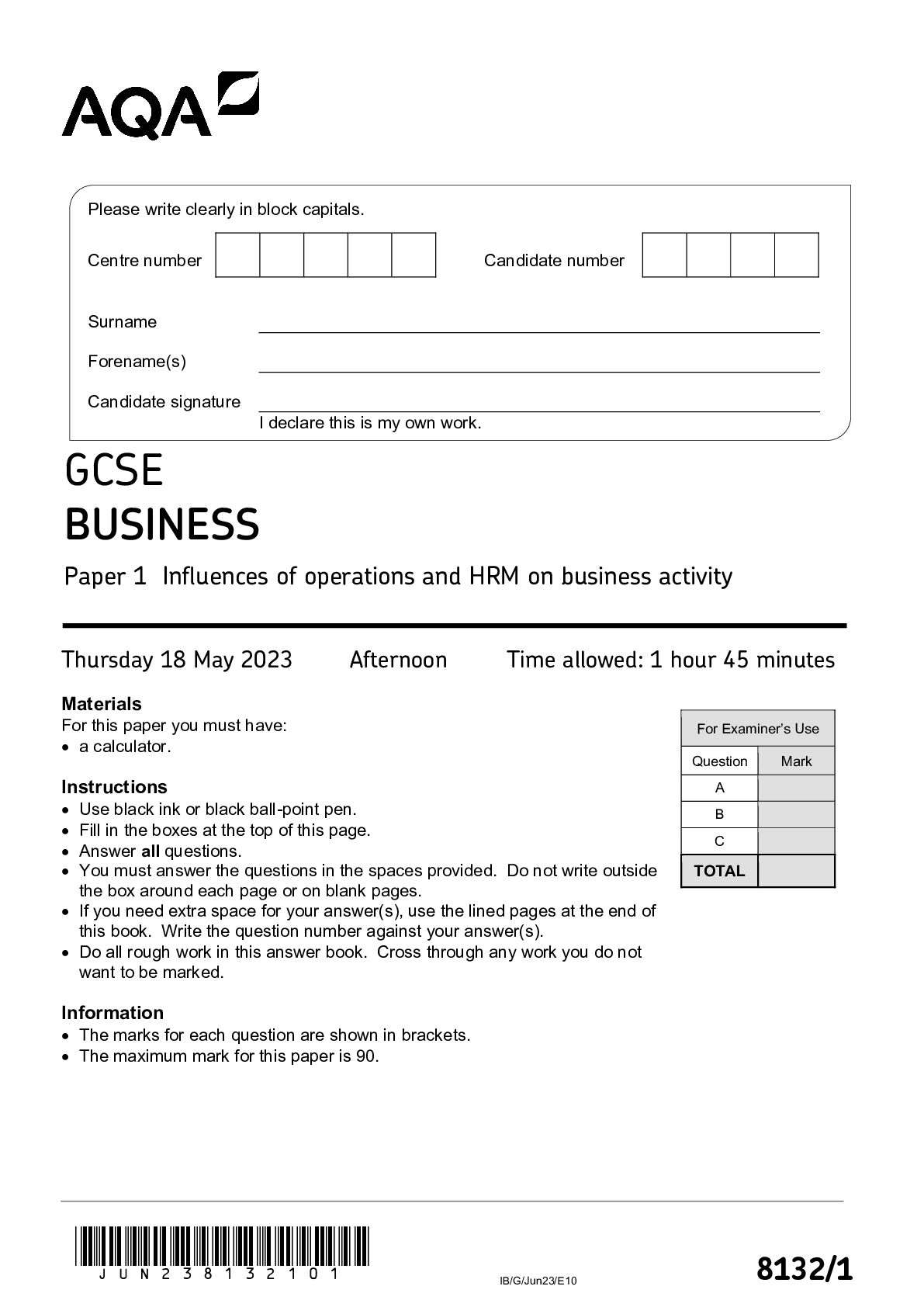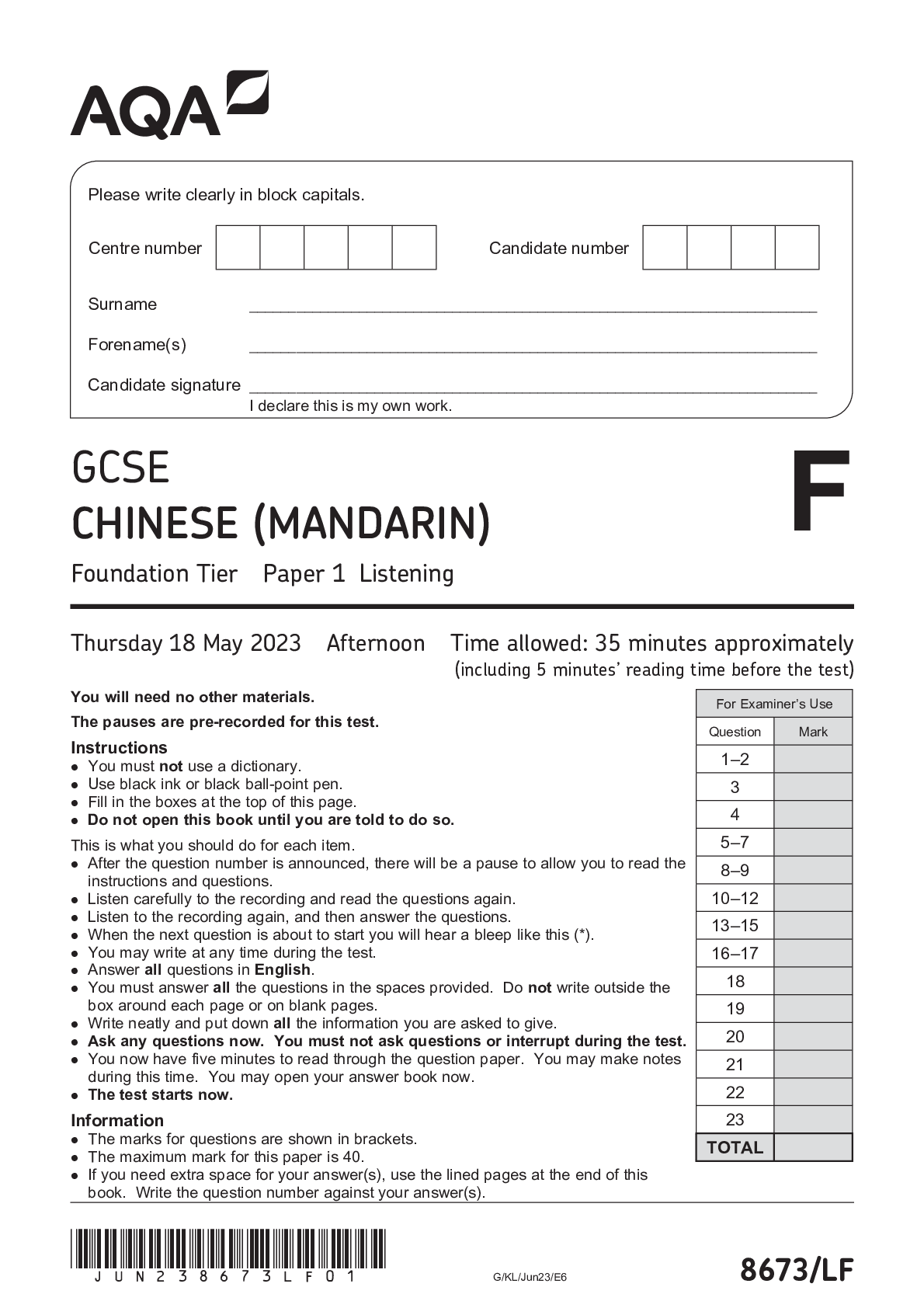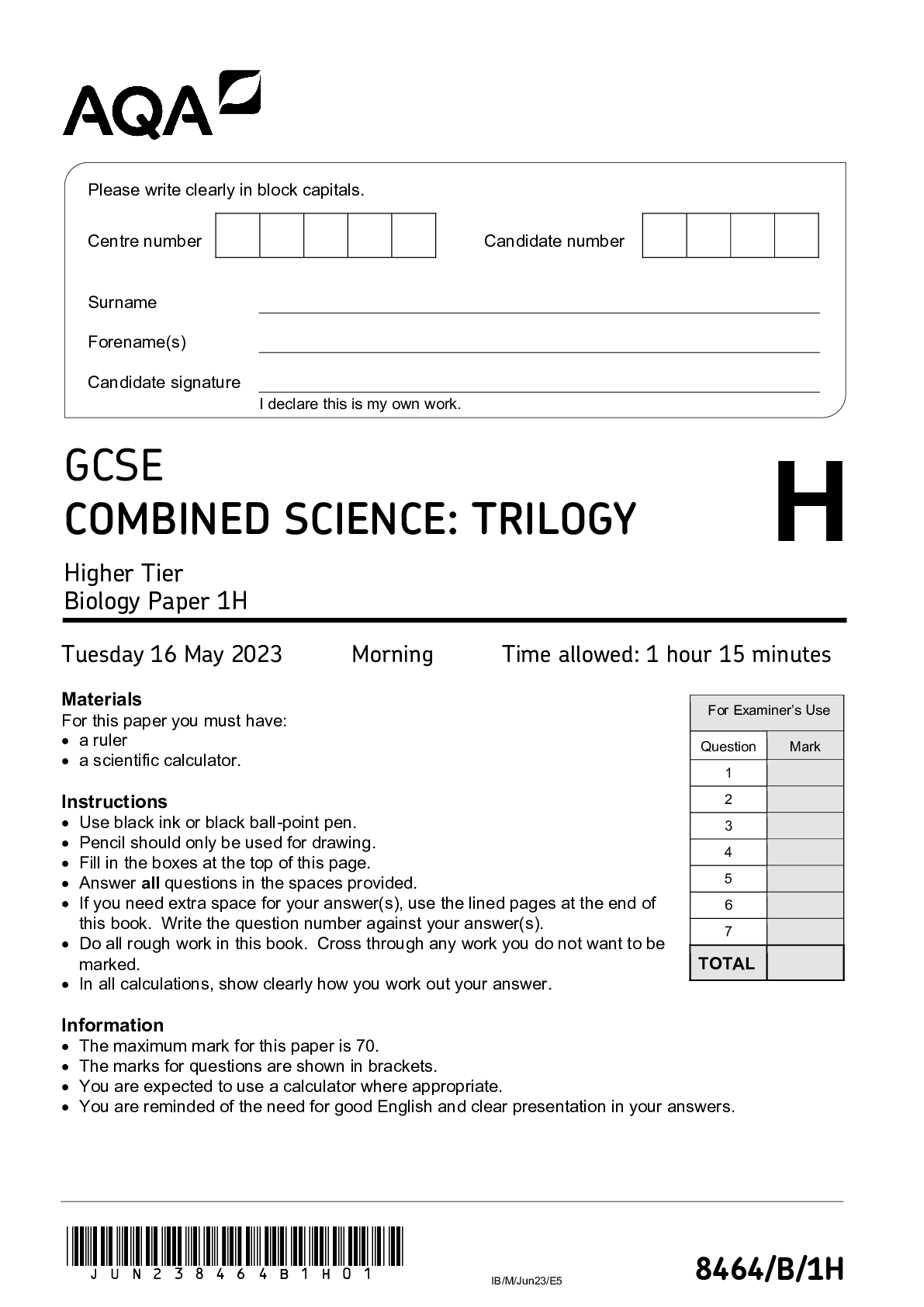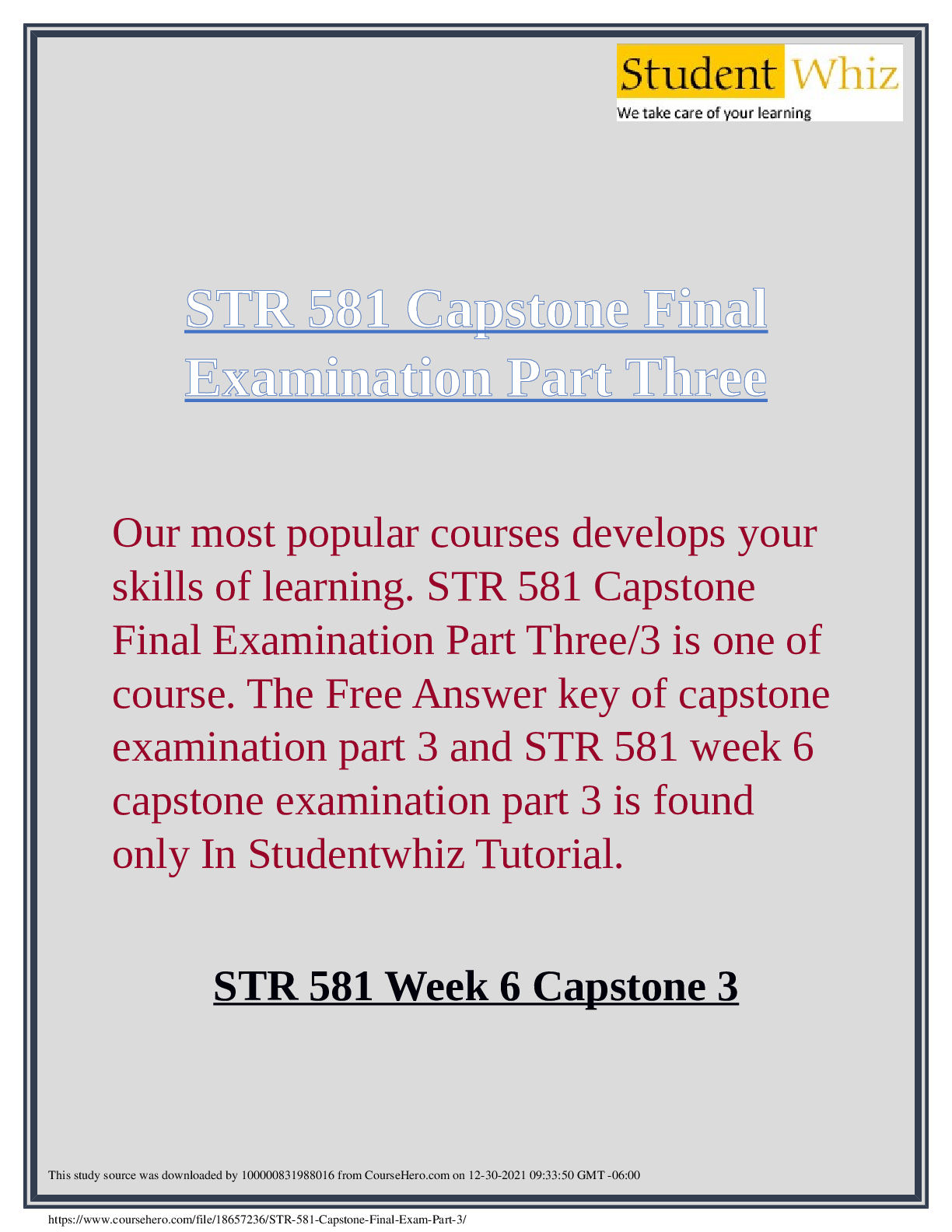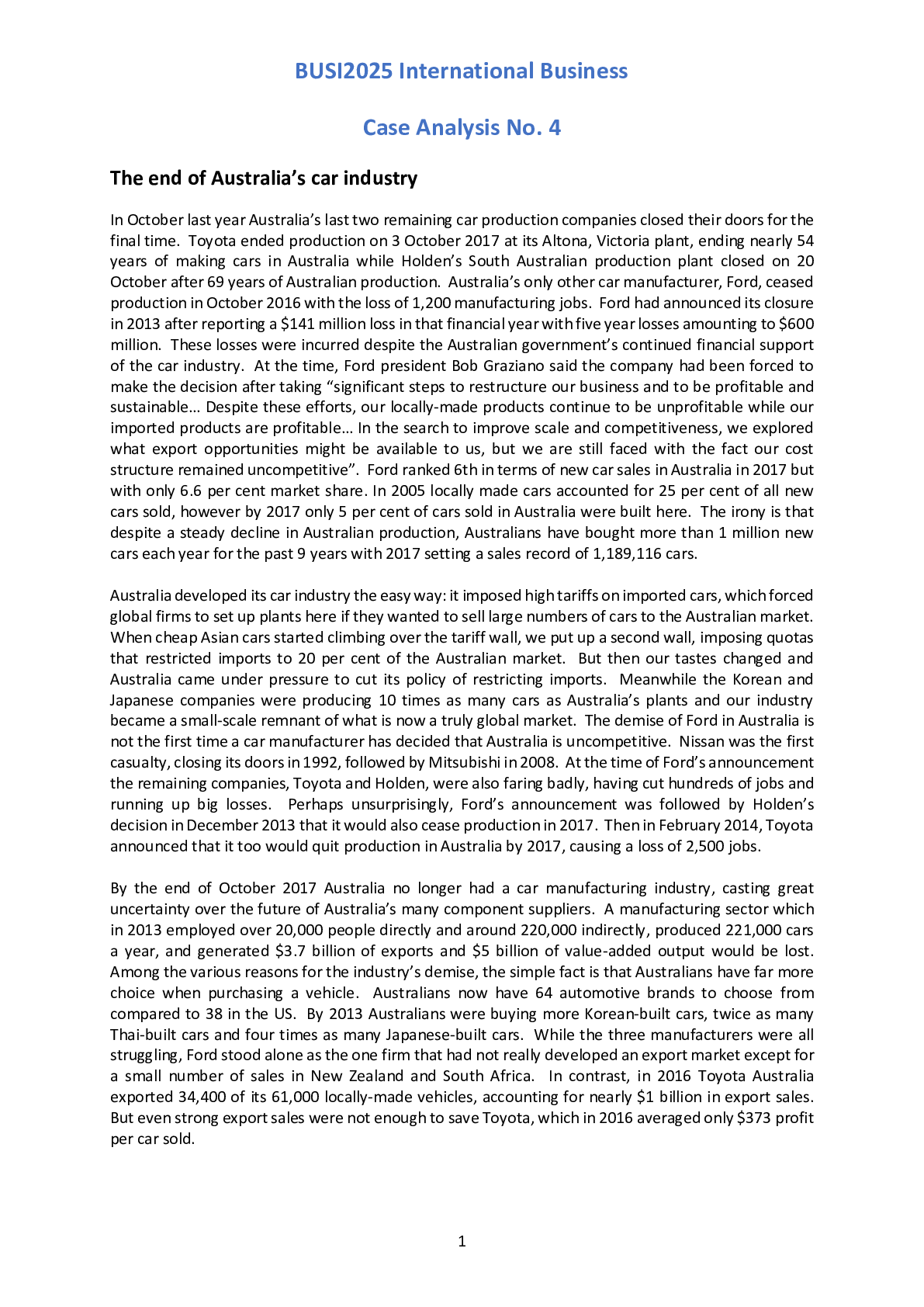Chemistry > QUESTION PAPER (QP) > Atomic Structure High Demand Questions. HIGHLY EXAMINABLE QUESTION PAPER.. RATED A+ (All)
Atomic Structure High Demand Questions. HIGHLY EXAMINABLE QUESTION PAPER.. RATED A+
Document Content and Description Below
In the early part of the 20th century, scientists used the ‘plum pudding’ model to explain the structure of the atom. Following work by Rutherford and Marsden, a new model of the atom, called th... e ‘nuclear’ model, was suggested. Describe the differences between the two models of the atom. _______________________________________________________________________ _______________________________________________________________________ _______________________________________________________________________ _______________________________________________________________________ _______________________________________________________________________ _______________________________________________________________________ _______________________________________________________________________ _______________________________________________________________________ (Total 4 marks) 1 Aston Academy Page 2 of 57There are many different isotopes of gold. The isotope, gold-198, is radioactive. An atom of gold-198 decays by emitting a beta particle. (a) Complete the following sentences. All atoms of gold have the same number of ________________________________ and the same number of __________________________________ . The atoms from different isotopes of gold have different numbers of ____________ . A beta particle is an __________________________________ emitted from the __________________________________ of an atom. (3) 2 (b) The graph shows how the count rate from a sample of gold-198 changes with time. Time in days Use the graph to calculate the half-life of gold-198. Show clearly on the graph how you obtain your answer. ___________________________________________________________________ ___________________________________________________________________ Half-life = ________________ days (2) Aston Academy Page 3 of 57(c) The diagram shows a map of a river and the river estuary. Environmental scientists have found that water flowing into one part of the river estuary is polluted. To find where the pollution is coming from, the scientists use a radioactive isotope, gold-198. The gold-198 is used to find where the pollution is coming from. Explain how. ___________________________________________________________________ ___________________________________________________________________ ___________________________________________________________________ ___________________________________________________________________ (2) (Total 7 marks) In 2011 an earthquake caused severe damage to a nuclear power station in Japan. The damage led to the release of large amounts of radioactive iodine-131 into the atmosphere. (a) The table gives some information about an atom of iodine-131 . Complete the table. mass number 131 number of protons 53 number of neutrons (1) 3 Aston Academy Page 4 of 57(b) Complete the sentence. The number of protons in an atom is called the proton number or the _______________ number. (1) (c) An atom of iodine-131 decays into an atom of xenon (Xe) by emitting a beta particle. (i) The decay of iodine-131 can be represented by the equation below. Complete the equation by writing the correct number in each of the two boxes. (2) (ii) A sample of rainwater contaminated with iodine-131 gives a count rate of 1200 counts per second. Calculate how many days it will take for the count rate from the sample of rainwater to fall to 75 counts per second. Half-life of iodine-131 = 8 days Show clearly how you work out your answer. ______________________________________________________________ ______________________________________________________________ _______________ days (2) Aston Academy Page 5 of 57(iii) If people drink water contaminated with iodine-131, the iodine-131 builds up in the thyroid gland. This continues until the thyroid is saturated with iodine-131 and cannot absorb any more. The radiation emitted from the iodine-131 could cause cancer of the thyroid. In Japan, people likely to be drinking water contaminated with iodine-131 were advised to take tablets containing a non-radioactive isotope of iodine. Suggest why this advice was given. ______________________________________________________________ ______________________________________________________________ ______________________________________________________________ ______________________________________________________________ (2) (Total 8 marks) A teacher used the equipment shown in the diagram to measure the count rate at different distances from a radioactive source. Metre rule 4 Aston Academy Page 6 of 57(a) Her results are shown in Table 1. Table 1 Distance in metres Count rate in counts per minute Corrected count rate in counts per minute 0.4 143 125 0.6 74 56 0.8 49 31 1.0 38 20 1.2 32 14 1.4 28 10 1.6 18 0 1.8 18 0 2.0 18 0 The background count rate has been used to calculate the corrected count rate. (i) What is the value of the background count rate? Background count rate = _______________ counts per minute (1) (ii) What information does the corrected count rate give? ______________________________________________________________ ______________________________________________________________ (1) (iii) The radioactive source used in the demonstration emits only one type of radiation. The radioactive source is not an alpha emitter. How can you tell from the data in the table? ______________________________________________________________ ______________________________________________________________ (1) Aston Academy Page 7 of 57(iv) Plot a graph of corrected count rate against distance for distances between 0.4 m and 1.4 m. Draw a line of best fit to complete the graph. Distance in metres (3) Aston Academy Page 8 of 57(v) The ‘half-distance’ is the distance a detector has to be moved away from a radioactive source for the corrected count rate to halve. A student has the hypothesis: A radioactive source has a constant ‘half-distance’. Table 1 has been repeated for your information. Table 1 Distance in metres Count rate in counts per minute Corrected count rate in counts per minute 0.4 143 125 0.6 74 56 0.8 49 31 1.0 38 20 1.2 32 14 1.4 28 10 1.6 18 0 1.8 18 0 2.0 18 0 Use Table 1 to determine if the hypothesis is correct for this radioactive source. You should use calculations in your answer. ______________________________________________________________ ______________________________________________________________ ______________________________________________________________ ______________________________________________________________ ______________________________________________________________ ______________________________________________________________ ______________________________________________________________ (3) Aston Academy Page 9 of 57(b) A teacher places a beta source and a detector in a magnetic field. The arrangement of the magnetic field is shown. The teacher repeated the experiment with the magnetic field in a different direction. A set of results is shown in Table 2. Table 2 Distance between source and detector in metres Count rate in counts per minute without magnetic field Count rate in counts per minute in Experiment 1 Count rate in counts per minute in Experiment 2 0.8 48 48 32 (i) Describe and explain the effect of the magnetic field on the count rate detected by the detector. ______________________________________________________________ ______________________________________________________________ ______________________________________________________________ ______________________________________________________________ ______________________________________________________________ ______________________________________________________________ (2) Aston Academy Page 10 of 57(ii) The experiment is repeated with a different distance between the source and the detector. Table 3 shows the repeated results. Table 3 Distance between source and detector in metres Count rate in counts per minute without magnetic field Count rate in counts per minute in Experiment 1 Count rate in counts per minute in Experiment 2 1.8 19 18 20 Explain these results. ______________________________________________________________ ______________________________________________________________ ______________________________________________________________ ______________________________________________________________ ______________________________________________________________ ______________________________________________________________ (2) (Total 13 marks) (a) A teacher used a Geiger-Műller (GM) tube and counter to measure the background radiation in her laboratory. The teacher reset the counter to zero, waited one minute and then took the count reading. The teacher repeated the procedure two more times. 5 (i) Background radiation can be either from natural sources or from man-made sources. Name one man-made source of background radiation. ______________________________________________________________ (1) Aston Academy Page 11 of 57(ii) The three readings taken by the teacher are given in the table. Count after one minute 15 24 18 The readings given in the table are correct. Why are the readings different? ______________________________________________________________ ______________________________________________________________ (1) (b) Some scientists say they have found evidence to show that people living in areas of high natural background radiation are less likely to develop cancer than people living in similar areas with lower background radiation. The evidence these scientists found does not definitely mean that the level of background radiation determines whether a person will develop cancer. Suggest a reason why. ___________________________________________________________________ ___________________________________________________________________ (1) (c) An atom of the isotope radon-222 emits an alpha particle and decays into an atom of polonium. An alpha particle is the same as a helium nucleus. The symbol below represents an alpha particle. (i) How many protons and how many neutrons are there in an alpha particle? Number of protons = ________ Number of neutrons = ________ (2) Aston Academy Page 12 of 57(ii) The decay of radon-222 can be represented by the equation below. Complete the equation by writing the correct number in each of the two boxes. (2) (d) The graph shows how, in a sample of air, the number of radon-222 nuclei changes with time. Time in days Use the graph to find the half-life of radon-222. Show clearly on the graph how you obtain your answer. Half-life = _________________________ days (2) (Total 9 marks) (a) Nuclear power stations generate about 14% of the world’s electricity. (i) Uranium-235 is used as a fuel in some nuclear reactors. Name one other substance used as a fuel in some nuclear reactors. ______________________________________________________________ (1) 6 Aston Academy Page 13 of 57(ii) Energy is released from nuclear fuels by the process of nuclear fission. This energy is used to generate electricity. Describe how this energy is used to generate electricity. Do not explain the nuclear fission process. ______________________________________________________________ ______________________________________________________________ ______________________________________________________________ ______________________________________________________________ ______________________________________________________________ ______________________________________________________________ (3) (b) The diagram shows the nuclear fission process for an atom of uranium-235. Complete the diagram to show how the fission process starts a chain reaction. (2) Aston Academy Page 14 of 57(c) The diagram shows the cross-section through a nuclear reactor. The control rods, made from boron, are used to control the chain reaction. Boron atoms absorb neutrons without undergoing nuclear fission. Why does lowering the control rods reduce the amount of energy released each second from the nuclear fuel? ___________________________________________________________________ ___________________________________________________________________ ___________________________________________________________________ ___________________________________________________________________ (2) (Total 8 marks) Aston Academy Page 15 of 57Atoms are different sizes. One of the heaviest naturally occurring stable elements is lead. Two of its isotopes are lead-206 ( ) and lead-208 ( ). (a) (i) What is meant by ‘isotopes’? [Show More]
Last updated: 1 year ago
Preview 1 out of 57 pages
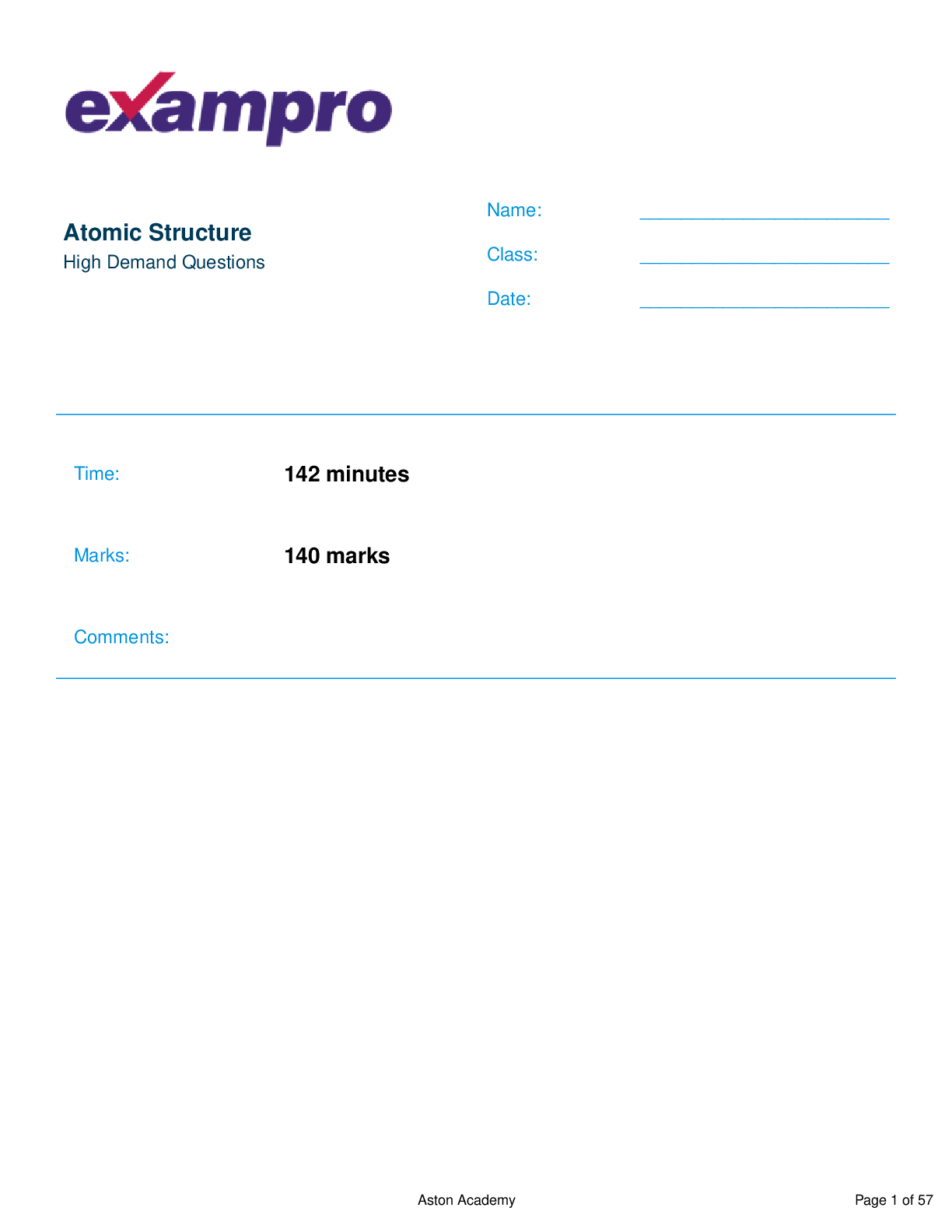
Reviews( 0 )
Document information
Connected school, study & course
About the document
Uploaded On
Jun 07, 2022
Number of pages
57
Written in
Additional information
This document has been written for:
Uploaded
Jun 07, 2022
Downloads
0
Views
74




